Iron Age Shipwrecks in the Mediterranean Sea
Carmel Atlit Phoenician shipwreck c 800 - 750 BC
Discovered by Ehud Galili off Israel's Carmel Coast, the Carmel Atlit shipwreck (c. 800-750 BC) is one of the oldest Phoenician wrecks, revealing a crucial cargo of amphorae and copper ingots. Learn about the Iron Age vessel and its artifacts, displayed in Haifa.
By Nick Nutter on 2025-10-13 | Last Updated 2025-10-13 | Iron Age Shipwrecks in the Mediterranean Sea
This article has been visited 504 times

Phoenician amphorae. Archaeological Museum Cadiz
Where was the wreck found?
The shipwreck was found in shallow water near the ancient Phoenician city of Akko, which is located on the northern coast of Israel. The site is now known as the Carmel Atlit shipwreck.
Do you enjoy my articles? For your reading pleasure, this website does not carry third party ads. You could help me write more articles by buying me a cup of coffee.
About the wreck site
The Carmel coast is notorious for its abundance of shipwrecks dating from the Bronze Age to modern times.
Who excavated the shipwreck?
The wreck was discovered in the mid-1970s and subsequently excavated by a team led by Ehud Galili.
Mostly working in the field of marine archaeology, Galili, E. (Ehud Galili) is an underwater archaeologist, researcher, and lecturer at the University of Haifa's Department of Maritime Civilisations and the Leon Recanati Institute for Maritime Studies, Research Associate at the University of Haifa's Zinman Institute of Archaeology. He is an Emeritus Senior Marine Archaeologist and Researcher with the Israel Antiquities Authority, where he founded and served as the first director of the marine unit from 1990 to 2004.From 2004 to 2021, a member of the National Committee for the Protection of the Coastal Environment.
When did the wreck sink?
The vessel dates to the 8th century BC (specifically around 800-750 BC), placing it in the latter part of the Iron Age. This date makes the Carmel Atlit shipwreck one of the oldest Phoenician shipwrecks ever found.
How was the ship built and what were its dimensions?
While the hull structure was not as extensively preserved as in some deep-sea wrecks, the recovery of fragments and related nautical items contributed to the study of early Phoenician shipbuilding.
Wood-and-Lead Anchor: A large, composite anchor with a wooden shank and a lead stock was recovered, which is characteristic of Levantine (including Phoenician) technology from this era.
Hull Design: The analysis of the remains and related materials helped define the characteristics of the Phoenician merchant ship, generally thought to be a broad, rounded hull design built to maximise cargo capacity over speed.
What was the ship’s cargo?
The Carmel Atlit wreck's cargo provided crucial direct evidence of the long-distance trade networks maintained by the Phoenicians in the early first millennium BC. The preserved cargo included:
Storage Jars (Amphorae): A major component of the cargo consisted of various types of Phoenician amphorae. These large ceramic containers were used to transport bulk commodities like wine, oil, or resin.
Stone Anchors: The ship carried at least five large stone anchors, which are typical of the period and represent the ship's anchoring gear.
Ballast Stones: Numerous small, rounded ballast stones were found.
Copper Ingots: Although the primary cargo was amphorae, the presence of copper ingots hints at the trade in raw metals, which was a fundamental part of the Phoenician economy, linking the metal-rich West with the eastern Mediterranean.
The well-dated and mixed cargo provides a snapshot of the goods being moved by the Phoenicians, who were the foremost maritime traders and colonisers of the Mediterranean during the Iron Age.
Ongoing Research
The discovery of the Carmel Atlit shipwreck is considered one of the most important archaeological finds in Israel. The ship provides valuable insights into Phoenician maritime trade and culture. The cargo of luxury goods suggests that the ship was on a long-distance voyage, and it may have been carrying goods to or from Phoenician colonies in the Mediterranean. The discovery of the ship also helps to us to understand the technology of Phoenician shipbuilding.
Where can the wreck and its cargo be seen?
The artefacts from the Carmel Atlit shipwreck are on display at the National Maritime Museum in Haifa and the Haifa Museum of Ancient Art. The museums have a number of exhibits about the ship and its cargo.
Galili, E. (1985). The Carmel Atlit shipwreck: A Phoenician merchant vessel of the 8th century B.C. American Journal of Archaeology, 89(1), 1-24.
Galili, E., & Rosenfeld, A. (1985). The Carmel Atlit shipwreck: A Phoenician merchant vessel of the 8th century B.C. International Journal of Nautical Archaeology and Underwater Exploration, 14(4), 299-322.
Gubel, E. (2004). The Phoenician ships of the Carmel Atlit shipwreck. In S. Gibson & J. Morrison (Eds.), Ancient Mariners: Seafarers and Seafaring in Pre-Classical Mediterranean (pp. 177-186). BAR British Archaeological Reports International Series, 1254.
Do you enjoy my articles? For your reading pleasure, this website does not carry third party ads. You could help me write more articles by buying me a cup of coffee.
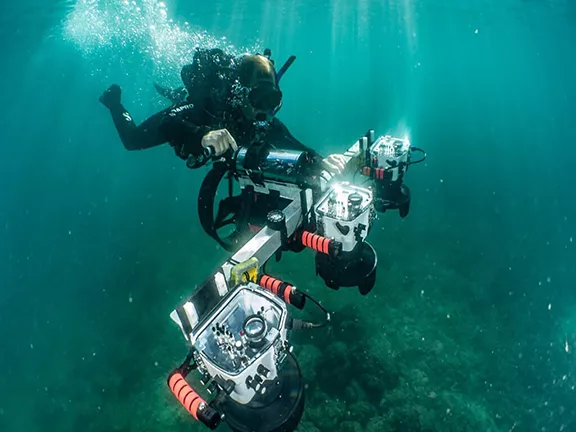 1: Dor's Iron Age wrecks 11th-6th centures BC
1: Dor's Iron Age wrecks 11th-6th centures BC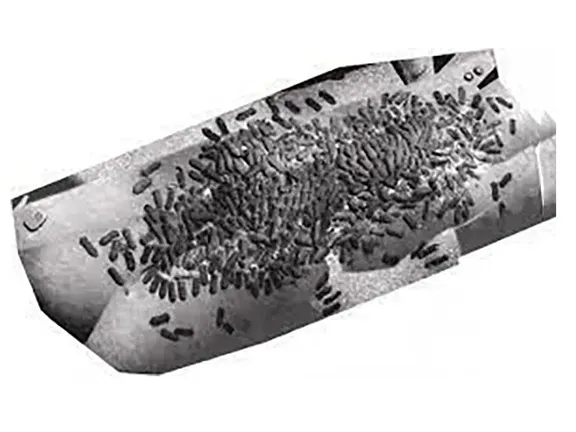 3: Tanit and Elissa c 750 BC
3: Tanit and Elissa c 750 BC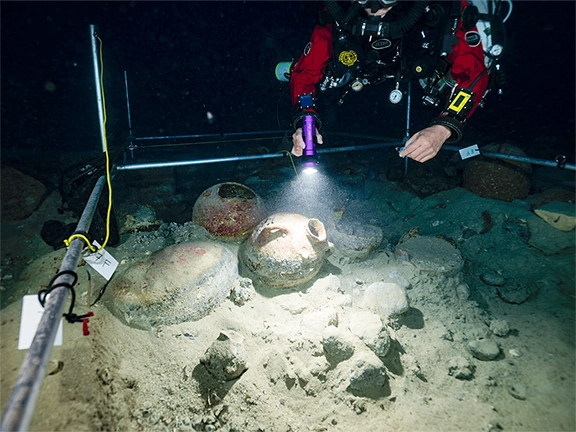 4: Xlendi Bay shipwreck off Gozo c 700 BC
4: Xlendi Bay shipwreck off Gozo c 700 BC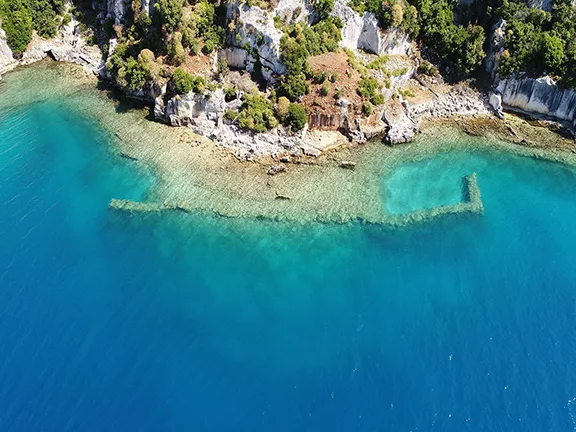 5: The Kekova Adası shipwreck c 650 BC
5: The Kekova Adası shipwreck c 650 BC 6: Kepçe Burnu Shipwreck 650 – 600 BC
6: Kepçe Burnu Shipwreck 650 – 600 BC 7: Çaycağız Koyu Shipwreck c 600 BC
7: Çaycağız Koyu Shipwreck c 600 BC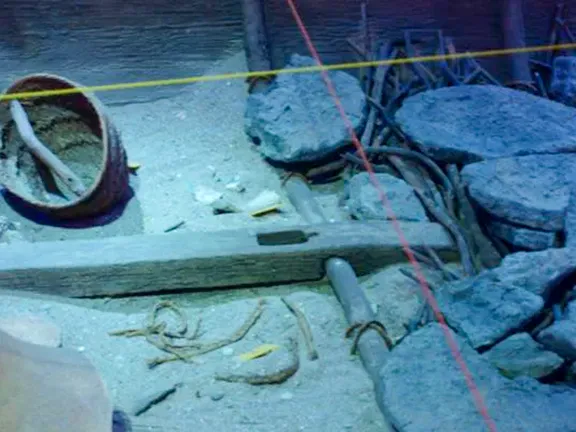 8: Mazarron II 625 - 570 BC Phoenician period
8: Mazarron II 625 - 570 BC Phoenician period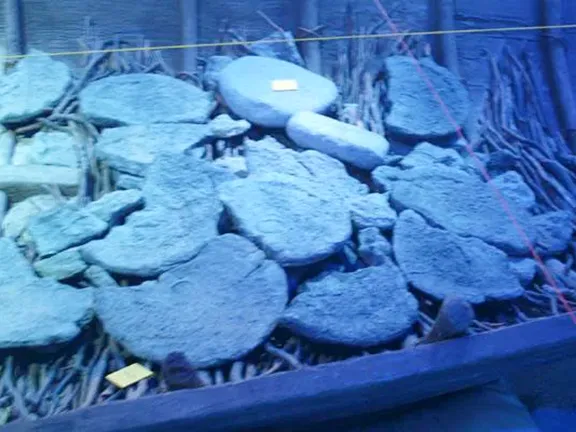 9: Mazarron I c 600 BC Phoenician period
9: Mazarron I c 600 BC Phoenician period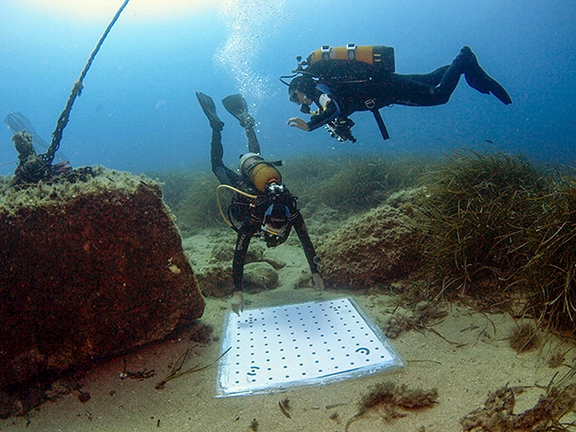 10: The Bajo de la Campana c 600 BC
10: The Bajo de la Campana c 600 BC 11: The Rochelongue underwater site c 600 BC
11: The Rochelongue underwater site c 600 BC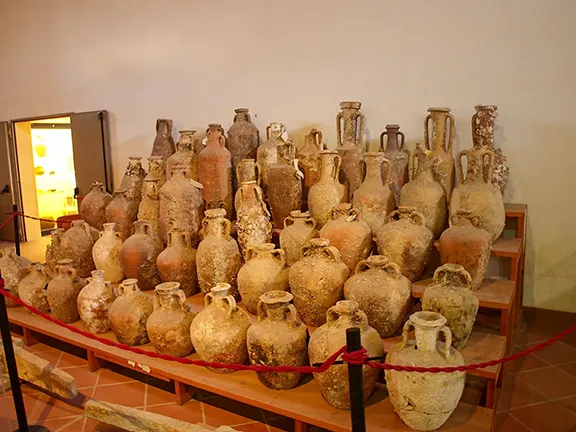 12: Giglio Etruscan shipwreck c 580 BC
12: Giglio Etruscan shipwreck c 580 BC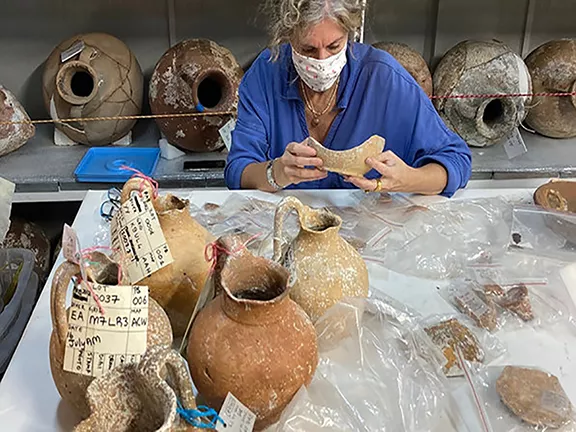 13: Pabuç Burnu shipwreck 570 - 560 BC
13: Pabuç Burnu shipwreck 570 - 560 BC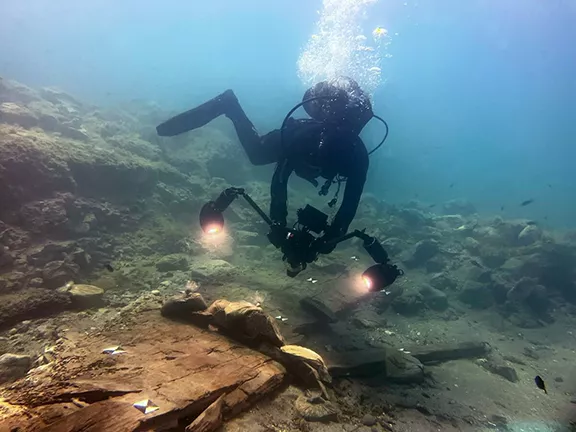 14: Ispica - Greek Shipwreck 600 - 400 BC
14: Ispica - Greek Shipwreck 600 - 400 BC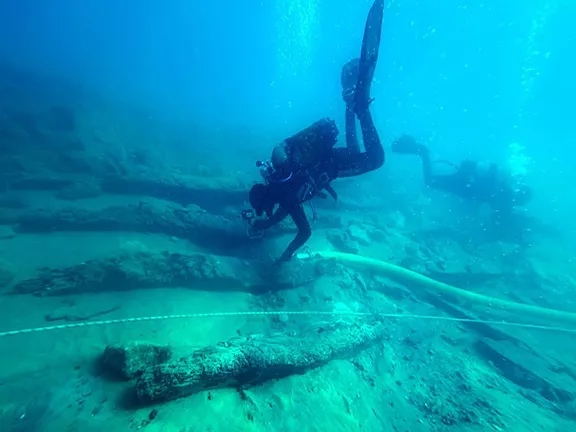 15: Gela I shipwreck 500 - 480 BC
15: Gela I shipwreck 500 - 480 BC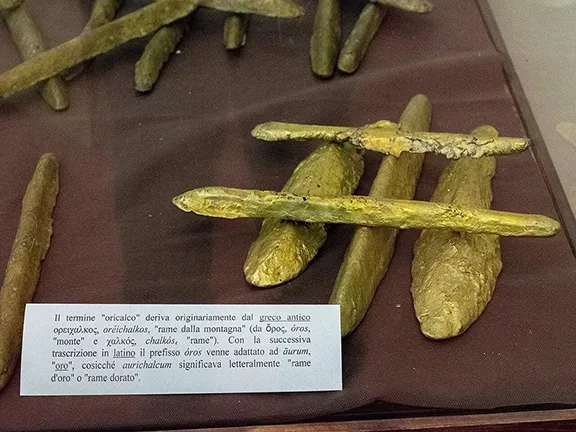 16: Gela 2 shipwreck 490 – 450 BC
16: Gela 2 shipwreck 490 – 450 BC